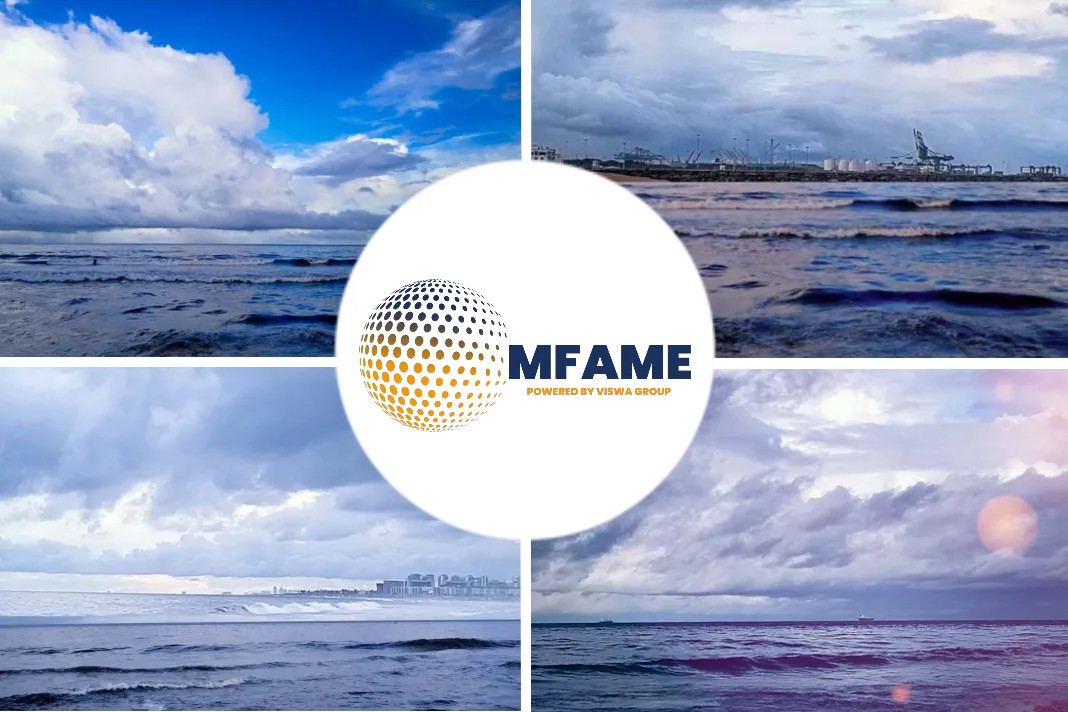- Shippers opt to use scrubbers to reduce fuel costs when compared to other methods.
- After IMO 2020 sulphur cap implementation LSFO prices keeps soaring.
- Shippers who adopted using LSFO are currently rushing to choose scrubbers.
- Scrubber-equipped VLCC and cape size bulk carriers’ average daily fuel cost reductions exceeded those of their LSFO-based counterparts by US$15,600 and US$8,040, respectively.
- The average charterage-converted profit was US$76,760 for scrubber-equipped vessels and US$61,183 for scrubber-less vessels.
- Scrubber-equipped vessels using HSFO were much more effective in terms of fuel cost than those using LSFO.
After IMO’s sulphur cap implementation, with the price of LSFO soaring, shippers opt to use scrubbers to reduce fuel costs when compared to other methods, writes Jung Min-hee for an article published in Business Korea.
Why scrubbers?
Shippers, by choosing scrubbers, cut the fuel costs to a larger extent and at the same time adapt to IMO 2020, than those who use other methods.
Sulphur regulation
The International Maritime Organization implemented IMO 2020 last month to limit maximum ship fuel sulfur content to 0.5 percent from 3.5 percent.
Options to comply
Shippers are responding to the global sulphur cap by using –
- low sulfur fuel oil (LSFO),
- refining high sulfur fuel oil (HSFO) with a scrubber, or
- employing an LNG-propelled vessel.
Soaring LSFO price
As the price of LSFO is seen to soar after IMO 2020 implementation, shippers using the scrubbers are currently succeeding in reducing fuel costs to a large extent.
Shippers who adopted using LSFO are rushing to choose scrubbers.
LNG-propelled vessels, in the meantime, are emerging as the most effective long-term measure against the environmental regulations.
Fuel price spread
As of Jan. 31, bunker C oil as HSFO was US$266 cheaper than LSFO per ton. The price gap amounted to US$440 on Jan. 6 and the price of the latter has been over 150 percent of the price of the former since the beginning of this year.
Cost-effective scrubbers
Industry sources said, the difference of 150 percent means that the scrubber-based refinement is more cost-effective.
- As of Jan. 24, scrubber-equipped very large crude carriers’ and cape size bulk carriers’ average daily fuel cost reductions exceeded those of their LSFO-based counterparts by US$15,600 and US$8,040, respectively.
- The average charterage-converted profit was US$76,760 for scrubber-equipped vessels and US$61,183 for scrubber-less vessels.
- In addition, the figures were US$9,400 versus US$1,360 in the case of bulk carriers. In short, scrubber-equipped vessels using HSFO were much more effective in terms of fuel cost than those using LSFO.
Shipping giants who chose scrubber
- Hyundai Merchant Marine decided two years ago to apply scrubbers to 80 percent of its ships.
- Maersk, which adopted LSFO earlier, changed its strategy in the second half of 2019.
- MSC, the second-largest shipping company in the world, changed its strategy, too.
LNG effective alternative
LNG-propelled ships’ long-term outlook is bright as mentioned above and this is because an increasing number of countries are prohibiting the entry of scrubber-equipped ships.
For instance, the Port of Karachi in Pakistan and the Port of Bahrain recently banned the use of open-loop scrubbers as in the case of 16 countries such as the United States, China, India, Belgium, Germany and Norway.
According to the Korea Trade-Investment Promotion Agency, LNG-propelled ships are expected to account for 60.3 percent of new shipbuilding orders in 2025.
Did you subscribe to our daily newsletter?
It’s Free! Click here to Subscribe!
Source: Business Korea

















